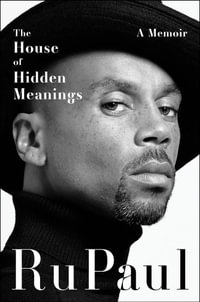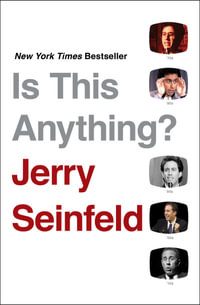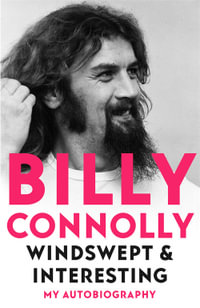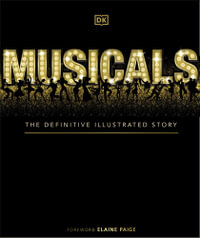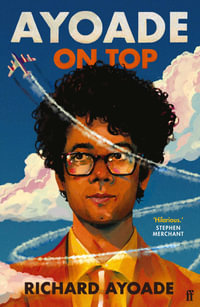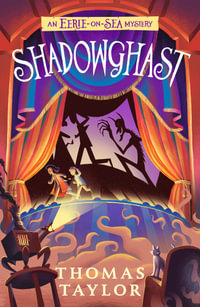Focusing on some of the best-known and most visible stage plays and dance performances of the late nineteenth- and early twentieth-centuries, Penny Farfan's interdisciplinary study demonstrates that queer performance was integral to and productive of modernism, that queer modernist performance played a key role in the historical emergence of modern sexual identities, and that it anticipated, and was in a sense foundational to, the insights of contemporary queer modernist studies. Chapters on works from Vaslav Nijinsky's Afternoon of a Faun to Noël Coward's Private Lives highlight manifestations of and suggest ways of reading queer modernist performance. Together, these case studies clarify aspects of both the queer and the modernist, and how their co-productive intersection was articulated in and through performance on the late-nineteenth- and early-twentieth-century stage. Performing Queer Modernism thus contributes to an expanded understanding of modernism across a range of performance genres, the central role of performance within modernism more generally, and the integral relation between performance history and the history of sexuality. It also contributes to the ongoing transformation of the field of modernist studies, in which drama and performance remain under-represented, and to revisionist historiographies that approach modernist performance through feminist and queer critical perspectives and interdisciplinary frameworks and that consider how formally innovative as well as more conventional works collectively engaged with modernity, at once reflecting and contributing to historical change in the domains of gender and sexuality.
Industry Reviews
"Farfan invites us into a new way of knowing and asks us to perform queerly as readers in the co-creation of her subjects. Performing Queer Modernism should be read not only for its scholarly intervention in the reading of queerness and modernism, but also, in the queer sociality of our shared history, as an act of intimacy and pleasureDLan act that offers new ways of engaging with performance and the past." -- Fennella Kennedy, Dance Chronicle
"A very welcome addition to the growing body of work that stresses the centrality of both performance and queerness for our general understanding of modernism." -- Olga Taxidou, Studies in Theater and Performance
"Taken together, these short, skillfully constructed chapters present a thought-provoking overview of the various tropes and methodologies that queer and feminist theory can bring to the study of mod-ernist performance" -- Ben De Witte, Theatre Journal
"What makes this particular book inviting is the seamlessness with which contemporary queer theory is woven into Farfan's archival research. It is a valuable addition to any course on modern drama and/or queer performance his-tory and a compelling read for scholars of early twentieth-century theatre and dance." -- Helen Deborah Lewis, Theatre Survey
"Exceptionally well-documented, and illustrated with relevant production artifacts, this vibrant contribution to performance history through the dual lenses of modernist and queer theory is an informative, enjoyable, and often delightful read." -- David Pellegrini, New England Theatre Journal
"Where does one look for queer modernism? In her rich and compelling investigation, Penny Farfan finds examples in the interstices of disciplines and forms, genders and sexualities. Considering plays and performances, dance and bodies, uncanny ghostings and productive slippages, Farfan's crystalline prose, elegant insights, and multidisciplinary subjects and methods make for an illuminating, generative read."-- Jill Dolan, author of Utopia in Performance:
Finding Hope at the Theater
"This book luminously reveals how queerness created modernism through a spinning prism of performances onstage and offstage, legitimate and illegitimate, embodied and literary. Like the turns of butch femme fatale Loie Fuller's Fire Dance, images and insights of one chapter linger as the next ones flash into view. Farfan's richly erudite, sinewy writing memorably captures the dense interweaving of sexual and aesthetic dissonance that circulated among
audiences as well as performers and writers during this transformational era-and beyond."-- Kim Marra, Professor of Theatre Arts and American Studies, University of Iowa

